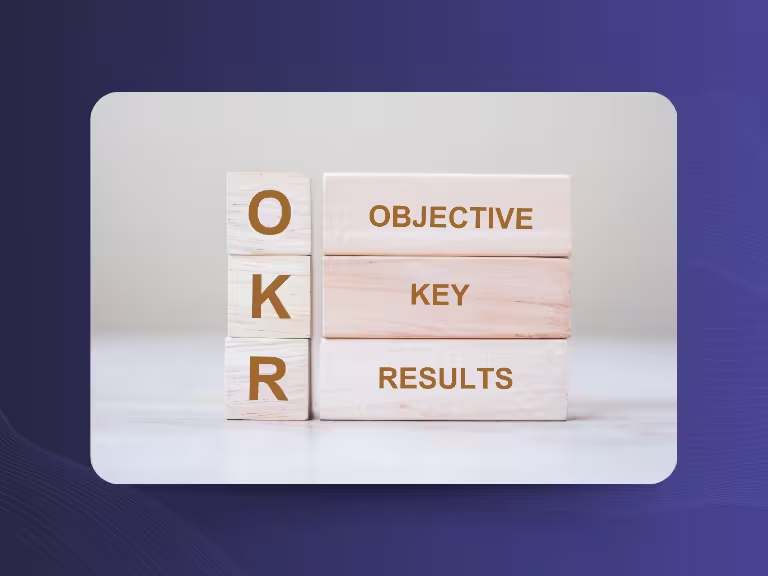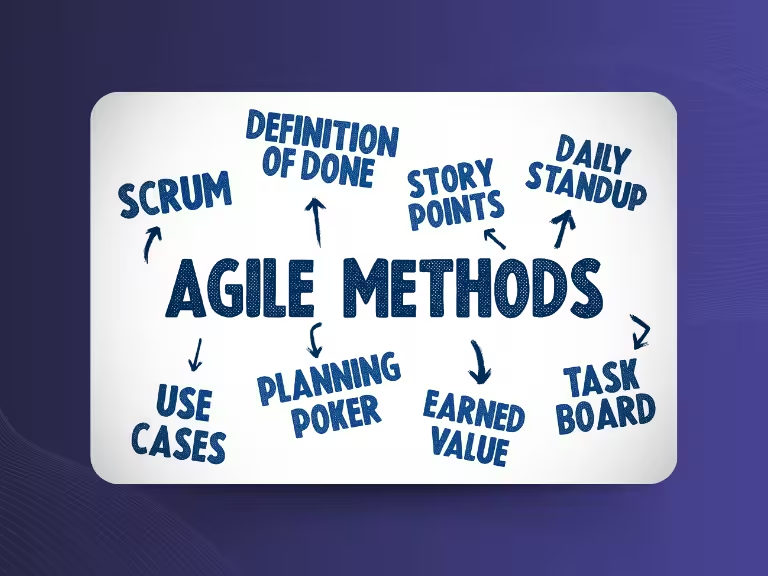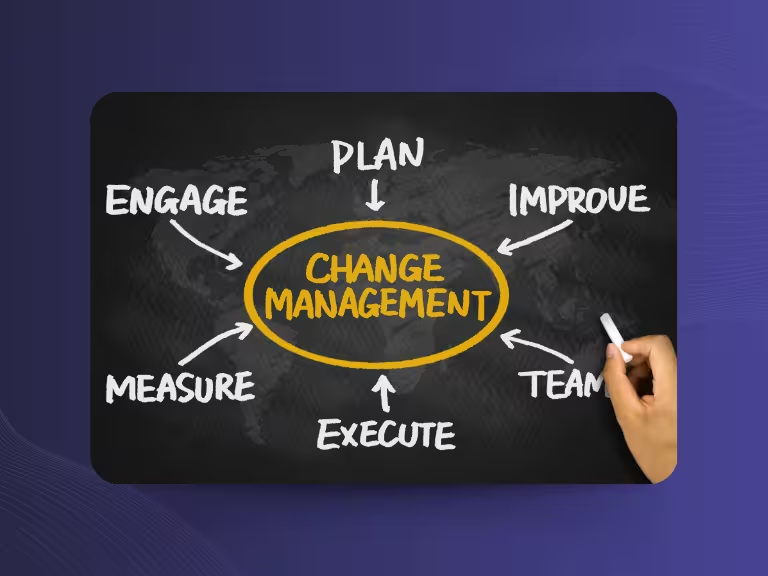Introduction: Why Cold Calling Remains Essential Despite Its Challenges
Cold calling – the unsolicited contact with potential customers – is considered one of the most challenging disciplines in sales. Many salespeople shy away from directly calling unknown companies, as they expect rejection and feel uncertain. Nevertheless, cold calling is an indispensable tool for sustainable growth, especially for small and medium-sized enterprises as well as in the B2B sector.
Why is this the case? Cold calling enables you to actively approach potential customers instead of passively waiting for inquiries. It helps to open up new markets, expand reach, and build direct customer relationships. Studies show that companies with a structured cold calling strategy can increase their new customer acquisition by up to 30%.
In this article, you'll learn proven cold calling tips that will help you successfully acquire new customers. From thorough preparation through professional conversation management to sustainable follow-up strategies – we'll show you how to make a convincing impression even without prior announcement and build long-term customer relationships.
Target Group Analysis and Careful Preparation – The Foundation of Successful Cold Calling
The success of your cold calling depends entirely on proper preparation. Random calls not only lead to frustration but also to wasted time and poor results. Careful target group analysis and thorough research are therefore the basis for every successful cold calling contact.
Defining the Ideal Customer Profile (ICP)
Before you pick up the phone, you need to know exactly whom you want to address. The Ideal Customer Profile (ICP) helps you precisely define your target group and concentrate your energy on the most promising contacts.
An effective ICP includes several criteria: First, the industry – in which economic sectors do your most successful customers operate? Then the company size, measured by number of employees or revenue. Decision-making authority is particularly important: Are you speaking with managing directors, department heads, or technical experts? Additionally, you should consider geographical factors, technical requirements, and corporate culture.
The more precise your ICP, the more targeted you can formulate your message and the higher your success rate will be. Statistics show that companies with clearly defined target groups improve their closing rates by an average of 20%.
Thorough Research Before First Contact
Modern cold calling doesn't mean calling completely uninformed. Use digital tools like LinkedIn Sales Navigator, Crunchbase, or industry-specific databases to gather relevant information about your target persons and their companies.
Current company news, personnel changes, investments, or expansion plans are particularly valuable. This information enables you to personalize your conversation and establish a concrete connection. Instead of starting with a generic "I would like to present our product to you," you can find a much more relevant opening with "I saw that you recently expanded into the XY market."
Also prepare for possible objections. What challenges does the industry face? What problems does your product or service solve? This preparation gives you the necessary confidence and credibility in the conversation.
Conversation Strategies and Communication – Authentic, Empathetic, Convincing
The way you conduct your conversation determines whether a cold calling call can become a business relationship. Successful salespeople understand that it's not about selling immediately, but first about building trust and arousing interest.
Using Scripts as Guidelines – Staying Flexible and Individual
A well-thought-out conversation management concept is indispensable, but rigid scripts can quickly seem unnatural. Use your cold calling script as a guideline that gives you structure, but leave enough room for an organic conversation flow.
Start with a friendly but professional greeting and introduce yourself briefly. Explain the reason for your call and immediately create a connection to the company or person. It's important that you ask an open question early in the conversation that gets your conversation partner talking. This transforms a monologue into a dialogue.
Successful acquisition phone calls often follow the AIDA formula: Attention, Interest, Desire, and Action. But don't forget that each conversation is unique and you must flexibly respond to your counterpart's reactions.
Scoring Points with Empathy and Emotional Intelligence
Emotional intelligence is a decisive success factor in cold calling. Studies prove that salespeople with high emotional intelligence achieve significantly better results than their colleagues who rely exclusively on product knowledge and sales techniques.
Active listening is your most important tool. Let your conversation partner finish speaking, ask clarifying questions, and repeat important points in your own words. This shows that you really want to understand what occupies or challenges them.
Also prepare mentally for rejection. Not every call will be successful – that's completely normal. Develop emotional resilience that enables you to remain motivated and positive even after several rejections. See every rejection as a learning opportunity and not as a personal defeat.

Effective Handling of Objections and Objection Management
Objections are a natural part of every cold calling effort and not a sign that you're doing something wrong. On the contrary – they show that your conversation partner is thinking and is fundamentally willing to engage in a conversation.
Understanding Common Objections and Having Prepared Responses Ready
Most objections in cold calling are predictable. "We don't have a budget," "We don't have time for that," or "We're satisfied with our current provider" are classic examples. Prepare empathetic and solution-oriented responses for these standard objections.
A proven technique for objection handling is the Validate-Understand-Convince principle. First validate the objection: "I understand that budget is an important factor." Then show understanding: "Many of our customers had similar concerns initially." Finally convince with a concrete benefit argument: "Nevertheless, we were able to help them reduce their costs by 15% through our solution."
Always use positive language and avoid sales psychology tricks that can seem manipulative. Authenticity and honesty create more trust than any sales technique.
Turning Conversations: How to Use Objections as Opportunities
Objections are often hidden hints about the actual needs of your contacts. When someone says "That's too expensive," it could mean they haven't recognized the value yet or they're looking for a more cost-effective alternative.
Use objections as an opportunity to learn more about your conversation partner's situation. Ask: "What exactly concerns you about the investment?" or "How do you currently solve this challenge?" These questions help you offer more individual solutions and steer the conversation in a constructive direction.
Maintain control over the conversation flow by actively asking questions and suggesting alternative options. Sometimes an apparent objection leads to a completely different offer that better fits the customer's needs.
Follow-Up Strategies and Digital Support – Multi-Channel Approach for Sustainable Success
A single cold calling call rarely leads directly to a closing. Successful salespeople know that follow-up is often more important than the initial contact. With a well-thought-out follow-up strategy, you significantly increase your chances.
Planning Follow-Up Correctly – Persistent but Respectful
Statistics show that 80% of sales only come about after the fifth contact, but most salespeople give up after the second attempt. Systematic follow-up is therefore crucial for your success.
Agree on concrete next steps already in the initial conversation. These can be a follow-up appointment, sending information materials, or a callback at a specific time. This agreement creates commitment and makes your follow-up an expected continuation of the conversation.
Use different contact channels: Phone, email, and social media like LinkedIn complement each other optimally. While the phone is personal and direct, email enables transmitting detailed information. Social selling via LinkedIn helps you build a "warmer" relationship before calling again.
There are proven rules for timing: Tuesday through Thursday between 9 and 11 AM are statistically the best times for business calls. For follow-ups, you should maintain a rhythm of 1-2 weeks to stay present without being pushy.
Integrating Digital Tools and Feedback Mechanisms
Modern cold calling benefits significantly from digital tools. CRM systems help you systematically document all contacts and conversations. Tools like Sally can record and transcribe your acquisition conversations, giving you valuable insights into your conversation management and ensuring you don't lose important details.

Social selling is becoming increasingly important: Build a relationship via LinkedIn or Xing before calling. Share relevant content, comment on posts from your target persons, and position yourself as an expert in your field. This transforms cold calling into a significantly "warmer" contact approach.
Establish a systematic feedback system. Document not only successful conversations but also rejections and their reasons. This information helps you continuously improve your strategy. Regular reflection on your cold calling activities leads to steadily better results.
Long-term Customer Retention Through Cold Calling – Looking Beyond the Initial Contact
Successful cold calling doesn't end with the first closing. The true art lies in developing a long-term, trusting customer relationship from a cold-acquired contact. This requires a strategic approach that extends far beyond the initial contact.
Understand cold calling as an investment in sustainable customer relationships. Every contact, even the seemingly unsuccessful ones, can prove valuable later. People change jobs, companies evolve, and needs develop further. A respectful, professional impression often pays off years later.
Continuously offer added value, even when no direct sale is pending. Regularly send industry-relevant information, invite to webinars, or share interesting studies. These touchpoints keep you in mind and position you as a competent contact person.
Customer retention develops through trust and continuity. Keep your promises, be accessible, and show genuine interest in your contacts' development. Long-term customer relationships are significantly more profitable than constant new customer acquisition and frequently lead to valuable referrals.
Summary: The Most Important Cold Calling Tips at a Glance
Successful cold calling is based on a solid foundation of preparation, empathetic communication, and systematic follow-up. Target group analysis and a clearly defined Ideal Customer Profile are at the beginning of every successful acquisition strategy. Only those who know their target group precisely can conduct relevant and convincing conversations.
Flexibility and emotional intelligence are the key to customer trust. Use conversation guidelines as orientation, but remain natural and authentic. Active listening and empathetic reactions create the basis for successful business relationships.
View objections as opportunities and not as obstacles. With proper preparation and a respectful approach, you can turn even critical conversations in your favor. Systematic follow-up through multi-channel strategies significantly increases your closing chances.
Modern digital tools support you in optimizing your cold calling. From CRM systems through social selling to AI-supported analysis tools – use available technologies to increase your efficiency. Tools like Sally can help you analyze your conversations and continuously improve.
Think long-term: Cold calling is more than an initial contact. It's the foundation for sustainable customer relationships that remain valuable for years. With the right strategies, continuous education, and a professional approach, cold calling becomes a powerful tool for your business growth.
Brief Note on Sally as a Helpful Tool
Tools like Sally can significantly improve your cold calling success. Through automatic transcription and analysis of your conversations, you gain valuable insights into your conversation management. Integration with CRM systems ensures that no important information is lost and you can optimally plan your follow-up strategies. You can find more helpful tools and tips for daily sales work in the Sally blog.

Test Meeting Transcription now!
We'll help you set everything up - just contact us via the form.
Test NowOr: Arrange a Demo Appointment




